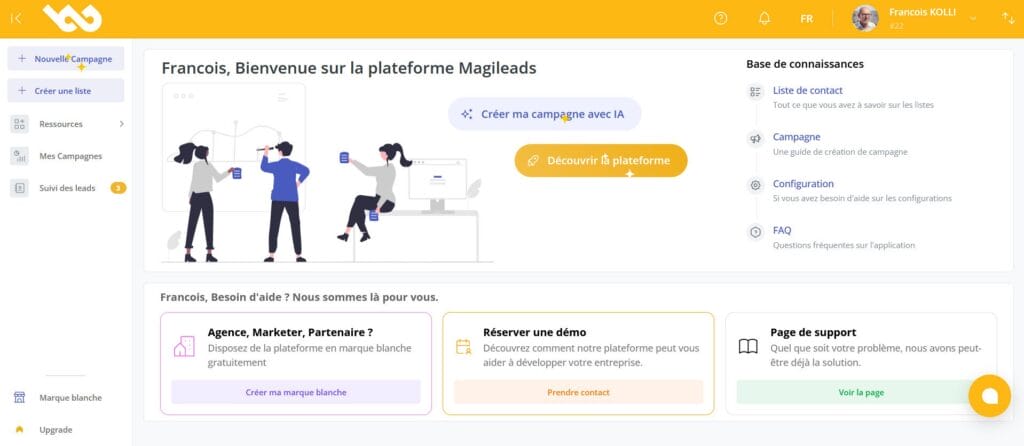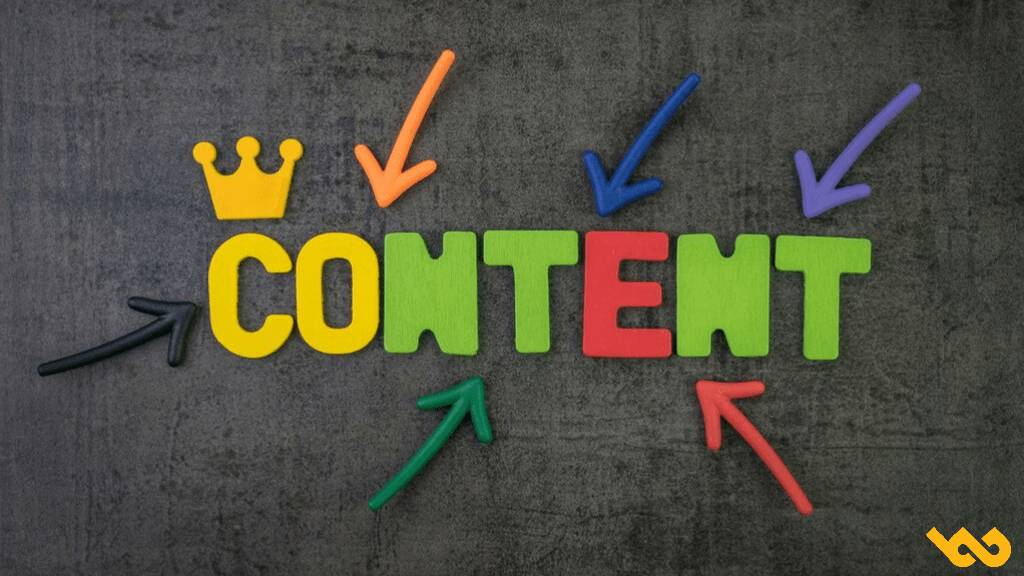Account based marketing (ABM) is a powerful strategy for accelerating business growth. It’s about focusing on prospects with high conversion potential.
Account based marketing ensures you reach your core target every time! Instead of wasting time and money on prospects who are unlikely to purchase , this approach allows you to convert qualified prospects into customers and build loyalty in your strategic accounts.
Today, a wide variety of ABM tools allow you to automate and execute ABM strategies. They are typically used for B2B data enrichment , AI-driven predictive analytics and recommendations, engagement management (digital advertising, direct mail, websites, events, and sales outreach) , etc.
3 essential categories of data
To enrich B2B data, these platforms work on 3 essential categories of data.
Technographic data
They identify the hardware and software systems used by customers to manage their businesses.
Firmographic data
They provide quantitative business information, including market vertical, company size and number of locations, number of employees, annual revenue and growth.
Intent data
They identify company actions or signals that indicate whether or not an account is “in the market” for a solution.
Features and key elements of ABM tools
Now let's take a look at all the features and key elements to consider when choosing an ABM tool .
Data enrichment
An effective ABM strategy starts with strong, accurate account data . Most B2B companies have some amount of data, but there are often gaps . These gaps can negatively impact efforts to personalize content and offers to target accounts. very specific types of , as well as general business data. These can provide important information on purchasing intentions.
Marketing targeting of strategic accounts
ABM programs can target key accounts at different levels. Indeed, the precision and strategies needed for targeting depend on the size and scale of ABM efforts . SMBs, for example, may need a one-to-many approach due to the number of contacts or influencers within their target accounts. Conversely, many large businesses find that 1-to-1 targeting allows them the personalization needed to successfully nurture a key account. In any case, most publishers use AI to enable more than one level of account targeting .
Personalization and/or predictive recommendations
In 2023, B2B buyers expect to receive personalized messages and offers . Some ABM tools allow you to create and run hyper-personalized campaigns and programs. The most advanced of them also integrate third-party personalization tools or CRM platforms that manage these types of personalized programs. Magileads, for example, gives you access to a PRM where you can manage your prospect database and from which you can feed your CRM .
Interaction management/Orchestration
B2B marketing specialists must increasingly engage the target accounts on several channels . They are therefore needing highly personalized and consistent ABM programs. These are the owls of offline channels (direct mail, events, presentation tours and commercial contacts in person or by phone) and online channels (email, websites, virtual events, webinars and paid/organic research , display and social media). To this end, the best ABM tools allow you to select and combine the best channels in order to prospect the right leads, in good times and in good places .
Strategic account marketing reporting
The measurement and reporting of the success of the ABM program are essential for obtaining continuous support for management and membership of the sales team. The best ABM tools incorporate AI technology in order to provide faster, more in -depth and more visual analyzes. The idea is to highlight trends and performance models (the most efficient geographic locations or the characteristics of the company, for example). This naturally allows an effective adjustment of your strategic account marketing






